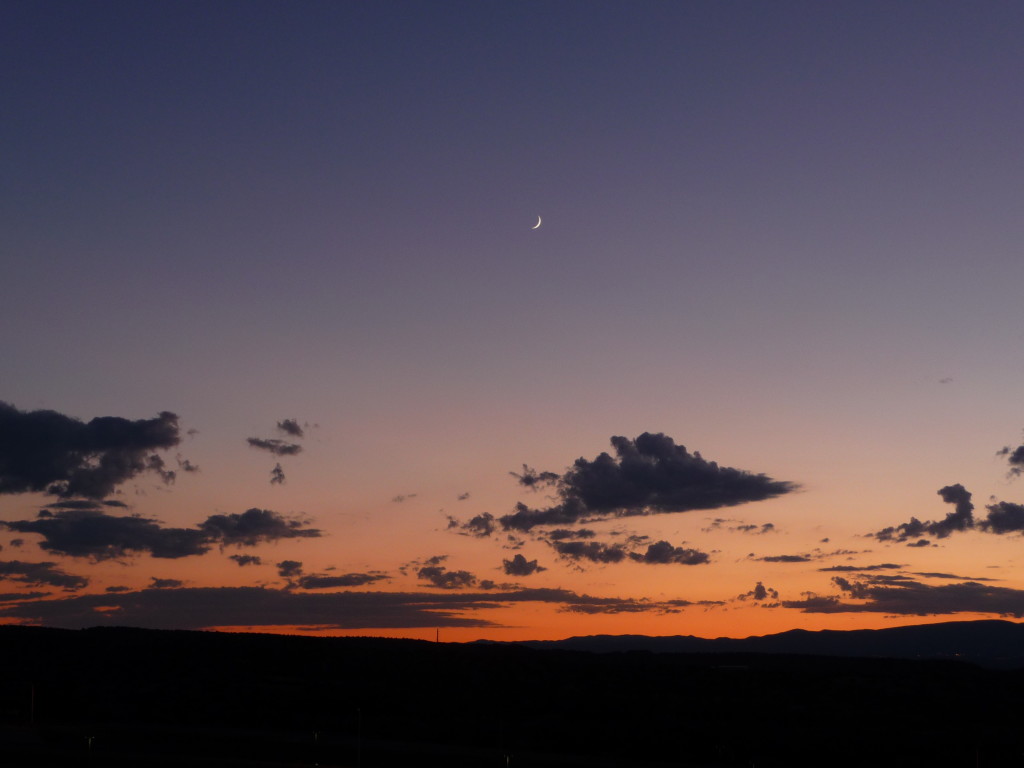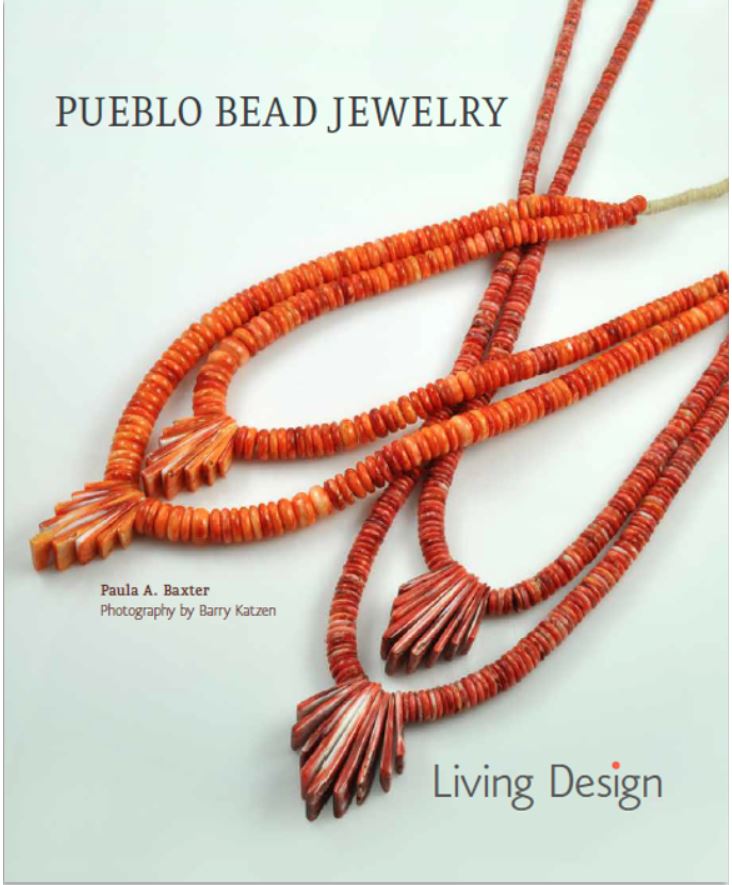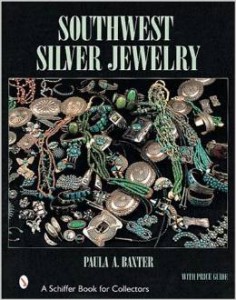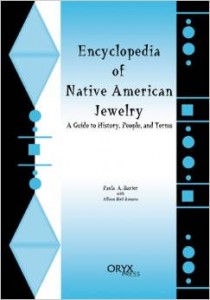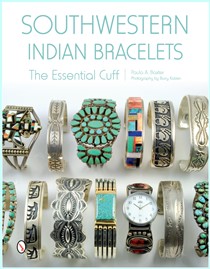Ironically, we went to Gallup the week after Indian Market. A friend, a professional from Santa Fe, had told me that she passed through Gallup on her way back home and saw some interesting jewelry there. She was correct. I saw much better examples of metalwork and inlay on sale at the local traders than what had been on the booths at Indian Market. Interesting also, was the fact that a number of these artists don’t bother with Indian Market anymore. There were three or four Navajo silversmiths who had work at more than one store, and when all items were viewed it appeared that they had in fact been experimenting stylistically.
Fact: I made better purchases in good ole Gallup than in Santa Fe. What does this tell us?
While the sale of Native arts has always been largely a luxury goods market, one pleasing aspect has been that there is such a variety of prices to satisfy disparate buyer incomes. But the other trend, same as three years ago, to be found at Indian Market was increased prices all around. Coupled with the unexciting lack of new designs, this tendency is almost certain to drive away those who usually buy items with pleasure. Yet, it is all too understandable on a marketplace level.
Fact: when the economy is uncertain, most people, including artists, play it safe.
What impression did I get about the state of Southwestern Indian jewelry this past August? We went to New Mexico and spent the week leading up to the SWAIA Indian Market immersed in the business. We were selling copies of our new book Southwestern Indian Bracelets: The Essential Cuff. We saw both the vintage Indian arts shows and selling done in Santa Fe hotels, missed the IFAM market by the Railyards, and spent a day and a half at the Indian Market. If I can characterize what we saw, I’d use the word “unadventurous.” Considering it had been three years since we last went to Indian Market, it felt like “same old, same old.” I saw virtually no attempts to create new designs or experiment with unusual forms or materials. In Fact, I’d say that everyone was playing it safe. Perhaps this is all about the economy still being unsettled for those not in the lucky 1%…
Fact: Shiprock, in northeastern New Mexico, is the remains of a volcanic plug that has eroded down. The walls, or vents, that radiate out from the rock, are lava remnants too. Shiprock is a sacred place for many Navajo; walking nearby and along the vents is permitted but climbing the rock itself is forbidden.
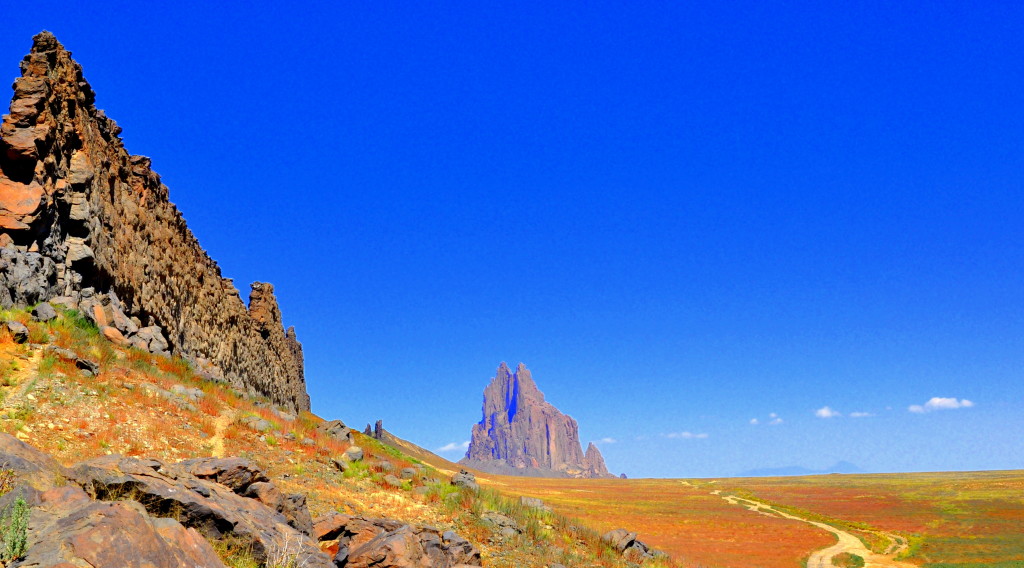 Shiprock, as seen from one of the walls (or vents).
Shiprock, as seen from one of the walls (or vents).
Fact: New Mexico sunsets are like nothing else in the world. Santa Fe has “twin sunsets,” where the light of the setting sun in the west reflected in clouds and mountains in the east. While we were in the Santa Fe/Espanola region two weeks ago, we watched each night as the crescent moon grew to to a full moon and dominated the sky. The clouds and light combine to create an aerial beauty like no other.
It’s a Fact that I am embarking on a new project. I just signed a contract with Schiffer Publishing for a book entitled “Pueblo Bead Jewelry: Living Design.” I plan to investigate some misrepresentations about Pueblo jewelry that have come down over the years. One example is the misuse of the term “heishi.”
Pueblo silversmiths and jewelers have often had to play second fiddle to Navajo counterparts. While there are more Navajo jewelry-makers overall in numbers, this second billing is due to published literature about Navajo and Pueblo arts where assumptions have been made that need overturning…
Fact: Nobody knows as yet the economic impact of the split that has taken place between SWAIA and former employees. The result has been a competing Indigenous Arts Market group that meets at the Santa Fe railyards a day or so before the traditional Indian Market Saturday and then overlaps on Saturday.
This year, I’ll have a chance to investigate both markets and see what artists and consumers are saying about this split. So far, I’ve heard contradictory reports – “it looks great, interesting creations at the breakaway market” to “not worth going over there. The best is still at SWAIA Market…”
Speaking of bracelets, it‘s a Fact that we will be in Santa Fe shortly for the Whitehawk Antique Indian Arts Show at the Santa Fe Community Convention Center; we’ll be selling Southwestern Indian Bracelets: The Essential Cuff on Monday, August 17.
On Thursday, August 20, we’ll be at Collected Works Bookstore in Santa Fe from 5 to 7 p.m.
Then there is Indian Market on Saturday and Sunday August 22 and 23 where SWAIA holds the biggest Indian arts market of them all.
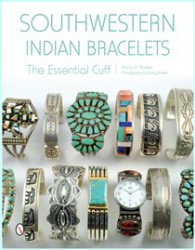 We’ll be signing copies of Southwestern Indian Bracelets at the White Hawk show and at Collected Works Bookstore.
We’ll be signing copies of Southwestern Indian Bracelets at the White Hawk show and at Collected Works Bookstore.
The Bracelet adorned with turquoise became the standard-bearer of Southwestern Indian jewelry; collectors mad for the various forms of this material mined in the Southwest sought bracelets set with one or more turquoise stones from specific mines. Learning what type of turquoise appears on a bracelet still occupies savvy collectors whose hearts beat faster upon identifying natural Kingman or Lone Mountain.
Fact: Those starting to collect bracelets set in turquoise need to study books and buy from reputable sources.
Therefore, many Bracelet styles pay tribute to much earlier designs. We can discern all silver bands without added materials and metal cuffs set with stones in bezels or channels. The latter have also given rise to bracelets inlaid with stones: turquoise, garnet, petrified wood, malachite, and coral are the earliest materials in use.
Fact: When turquoise mines played out and coral became more scarce, Native ingenuity turned to new types of semi-precious stones such as opals and those mined abroad with vivid colors like sugilite and gaspeite.
